
The Problem with Reducing Underwater Radiated Noise
available to reduce URN, some of which may also reduce fuel consumption. However, Spence says it’s not just a case of picking out a technology from a shopping list. Vessel designers are in the best position to identify the design features that will work for a given vessel. Some noise control technologies are only effective if the vessel suffers from a particular symptom. For example, applying a technology that would reduce propeller hub cavitation to a vessel that does not have hub cavitation would not improve URN.Moreover, there are fundamental design decisions that will have a greater impact
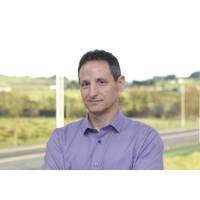
Tendeka Secures $30M in New Contracts
Tendeka has said it has secured more than $30million worth of international contracts within the last quarter which will cover the next three years."In addition to this unplanned revenue, the company has won long-term work with operators for its swellable packers and sand and inflow control technologies across key energy hubs, including the North Sea, Australasia and the Gulf Cooperation Council (GCC)," Tendeka said Wednesday.Tendeka also said it was delivering its first significant FloSure autonomous inflow control devices (AICDs) campaign in the United States, following a successful
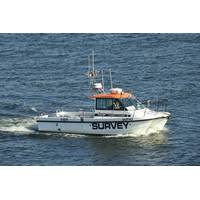
Hydrographic Survey Vessel to be Converted for Unmanned Operations
systems are an ideal fit for commercial marine operations that require high levels of predictability, productivity and safety,” said Sea Machines’ Michael G. Johnson, CEO. “For these reasons, hydrographic survey is an exemplary use case for our autonomous-command and remote-helm control technologies. With Sea Machines installed on board, Deep will benefit from obtaining higher-quality data, more safely and at a more efficient rate with less data overlap.”“The purpose of our Survey Control Room is to offer our clients many possibilities like ad hoc surveys, simultaneous conducted

Seatools Unveils New Deepwater Excavator
deepwater excavator features Seatools’ advanced ROV DP technology and sets the stage for better accuracy, production and workability in the mass flow excavation (MFE).Seatools developed the Carrera E mass flow excavation spread leveraging its capabilities in heave compensation and ROV control technologies. The patent-pending spread features 3D motion control, which enables precision excavation operations at a minimum of seabed disturbance. Thanks to the Carrera E’s incorporated dynamic positioning (DP) capabilities, the tool may follow a preprogrammed track (e.g., a cable route) with
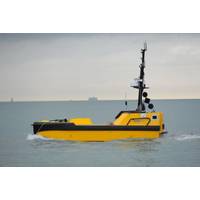
L3 Technologies Acquires ASV Global
;s autonomy systems are consistent with the International Regulations for Preventing Collisions at Sea, 1972 (COLREGs) published by the International Maritime Organization.“L3 continues to collaborate on and deliver best-in-class maritime sensor, autonomy, USV/UUV, and command and control technologies,” said Sean J. Stackley, L3’s Senior Vice President and President of its Communications & Networked Systems business segment. “Aligning L3 ASV’s proprietary surface vessel control technology and proven unmanned system autonomy architecture with our already strong
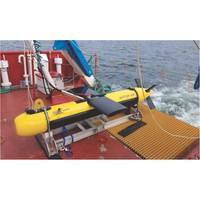
Meet Kraken’s Tentacle Autonomous LARS
augmented by motion data from a floating target platform. The system could then determine the relative motion between the host vehicle and the target platform and adjust the cable length so the target would see no relative motion between the cable end and the platform. As more sophisticated motion control technologies become available, they can be easily incorporated into the Tentacle system. Like its namesake in nature, the system is strong and flexible.Width: 1,330 mmDepth: 1,380 mmHeight: 1,550 mmWeight: 12 kNCable OD: 8-12 mmCable Capacity: 2,000 mPull: 15 kNPower: 440 3Ø
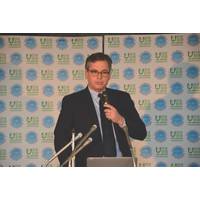
Interview: David Millar, Fugro
see increased demand for reducing the human footprint offshore, while producing more efficient and more cost-effective operations. As a result, we are developing and offering services with increased automation, not only in terms of autonomous and unmanned vehicles, but also in terms of command and control technologies, such as OARS, and processing techniques, such as artificial intelligence machine learning.How has the energy swoon impacted Fugro? How is Fugro most the same, most different, from five years ago?Fugro is a leaner, more customer-focused organization today than it was five years ago. The offshore
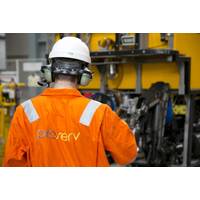
Proserv Secures $5.5 Mln Repsol Contract
;This is a significant award win for the team that clearly demonstrates the strength of our relationship with Repsol and our ability to deliver robust technology solutions and services on time and to the very highest standards. “We are starting to see strong uptake for our Augmented Control Technologies (ACT) approach which helps clients optimize their subsea production in a more cost-effective way. Working in close cooperation with our clients enables us to use the most appropriate technology together with our dedicated engineering and service teams to optimize the performance of a producing

Proserv Opening New Subsea Tech Center
of a subsea control system for the Finlaggan gas condensate development operated by Zennor Pathway in the Central North Sea. The control system will include Proserv’s Artemis 2G subsea electronics module, which is also one of the core technologies within the company’s Augmented Control Technologies (ACT) toolkit




 December 2025
December 2025





